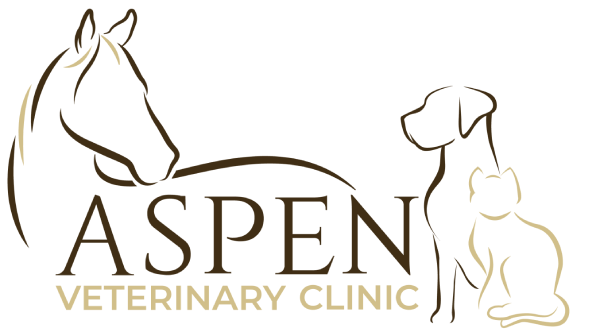An animal can become lame for a wide variety of reasons and a comprehensive lameness evaluation can be performed to help identify the location and source of the pain. This examination begins by observing the animal in motion, palpating all relevant structures and may include hooftesters and nerve or joint blocks to help further localize the problem area. Advanced diagnostics might include digital radiographs (x-rays) and ultrasound. A wide variety of therapies for addressing lameness issues may include basic recommendations such as stall rest, cold-hosing, and the use of appropriate anti-inflammatories, to more intensive therapies such as corrective shoeing recommendations, acupuncture, joint injections and developing more advanced rehabilitation programs.
